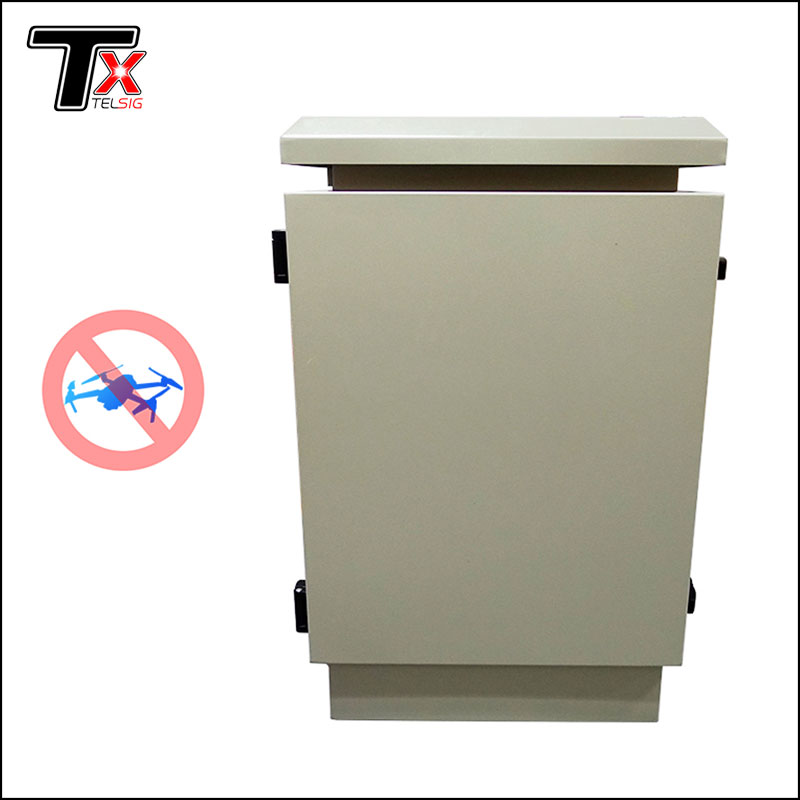Safeguarding Skies: Exploring the Role of Remote Control Anti-Drone Defense Systems
2023-11-29
Introduction:
In a world where unmanned aerial vehicles (UAVs), commonly known as drones, are becoming increasingly prevalent, concerns about their misuse have given rise to the development of advanced countermeasure technologies. Among these innovations, Remote Control Anti-Drone Defense Systems have emerged as crucial guardians of airspace, offering the ability to detect, identify, and neutralize unauthorized drones. In this blog, we will delve into the intricacies of these systems, exploring their purpose and the vital role they play in safeguarding against potential threats posed by drones.
Defining the Remote Control Anti-Drone Defense System:
A Remote Control Anti-Drone Defense System is a sophisticated technological solution designed to detect, track, and mitigate the risks associated with unauthorized drone activity. Operating from a remote location, this system is equipped with advanced sensors, communication technologies, and countermeasure capabilities to ensure effective control over the airspace it protects.
The Purpose it Serves:
1. Detection and Identification:
- One of the primary functions of a Remote Control Anti-Drone Defense System is to detect and identify incoming drones. Utilizing a combination of radar, radio frequency (RF) sensors, and other technologies, the system can distinguish between authorized and unauthorized drone flights.
2. Threat Mitigation:
- Upon identifying a potential threat, the system employs various countermeasures to neutralize or mitigate the risk posed by the unauthorized drone. These countermeasures may include signal jamming, disabling, or even physical interception depending on the system's capabilities.
3. Protection of Sensitive Areas:
- Remote Control Anti-Drone Defense Systems are often deployed to protect sensitive areas such as government facilities, critical infrastructure, airports, and public events. By preventing unauthorized drone flights in these areas, the system enhances security and minimizes the risk of malicious activities.
4. Preventing Privacy Violations:
- With the increasing use of drones for recreational and commercial purposes, concerns about privacy violations have grown. Anti-Drone Defense Systems help prevent unwarranted surveillance by unauthorized drones, protecting the privacy of individuals and organizations.
5. Security at Events:
- Events with large gatherings, such as concerts, sports events, and public ceremonies, are potential targets for drone-related security threats. Anti-Drone Defense Systems contribute to the safety of such events by preventing the unauthorized use of drones in these crowded spaces.
6. Critical Infrastructure Protection:
- Critical infrastructure, including power plants, communication facilities, and industrial complexes, can be vulnerable to drone-related threats. Anti-Drone Defense Systems play a vital role in securing these critical assets from potential disruptions or attacks.
How Remote Control Operates:
The "remote control" aspect of these systems refers to the ability to manage and operate the Anti-Drone Defense System from a centralized location. This remote control allows for flexible deployment, real-time monitoring, and rapid response to emerging threats across a wide range of environments.
Conclusion: Empowering Security in the Sky
As drones continue to proliferate in various domains, the need for robust countermeasure technologies becomes increasingly paramount. Remote Control Anti-Drone Defense Systems stand as the vanguards of airspace security, offering a proactive approach to detect and mitigate potential threats posed by unauthorized drone flights. By providing a swift and effective response to drone-related risks, these systems play a crucial role in ensuring the safety, privacy, and security of individuals, organizations, and critical infrastructure in an evolving technological landscape.



